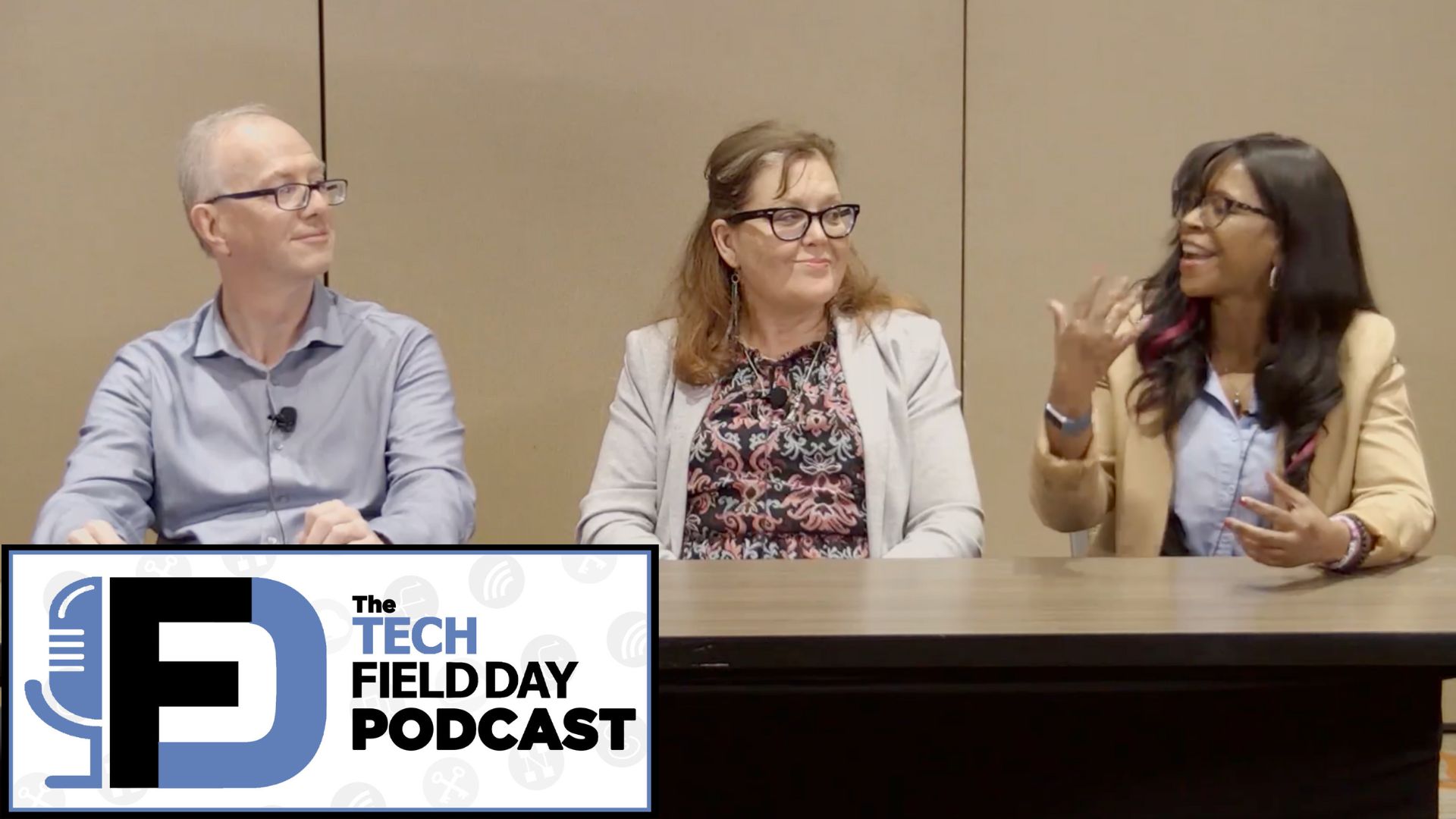Day 2 of HP Blades Day took place in a new location — the Customer Experience Centre. This was due to issues with Wifi on day 1, now resolved in our new location. Order of the day was:
- Review of the previous day’s presentations with a quick question & answer session
- Presentation on Client Virtualisation
- Factory tour
Client Virtualisation
Joseph George presented to the bloggers on client (aka desktop) virtualisation. Whilst HP seem to have a story in this area, I’m skeptical about the whole process of virtualising desktops at this stage, other than in certain use cases. I can see benefits for the following:
- High availability environments such as financial traders, where loss of a desktop translates to financial loss.
- Large scale desktop deployments where functionality is generic. A good example of this is call centres; desks only require access to limited features (so don’t need high powered devices) and physical desktops may be used by multiple users.
Environments not suitable for desktop virtualisation will include mobile users and anyone running bespoke hardware or software with hardware dependencies.
HP pretty much accepted that hardware savings are not the main reason for virtualising. This means a more intelligent model on TCO for desktops needs to be established, encompassing consequential loss through hardware downtime, processes cost for technology deployment and replacement and so on. I think some of the thinking around security is a red herring as laptops are unlikely to be candidates for virtualisation and desktop data can be secured safely today. I’ll be writing more on this topic over the coming weeks.
Factory Tour
We next moved on to a tour of the HP factory; this isn’t a manufacturing plant but rather purely an assembly line for server and storage components. I’ve been on factory tours before and these days they pretty much leave me cold. However HP had some interesting innovations to discuss.
- Customisation. All HP server and storage builds are based on customer requests and so fully customised, including placing of kit into racks for shipping. This means every configuration shipped is exactly as the customer ordered — and more; HP also pre-cable the racks as the equipment is being installed. Customers ordering multiple configurations can preview one rack of their order before the remainder are built.
- Testing. Once servers are built, customers are provided the ability to VPN into their equipment while it is sitting on the factory floor. They can perform load and performance testing before the equipment ships, saving valuable deployment time once the equipment arrives.
- POD (performance optimised datacentre). This is HPs term for a datacentre in a container — which is exactly what they are. Plug in power and cooling and you’ve a data centre on the move. Except these devices aren’t really built to be picked up and moved around. Rather they are aimed at providing temporary data centre facilities in scenarios where traditional data centres wouldn’t be possible — extension of existing facilities or perhaps creation of a data centre without planning permission were two good examples.
After the tour, we wrapped up at a local restaurant.
Overall the two days have been extremely informative and given me many subjects to blog about. Look forward to more over the coming weeks!




